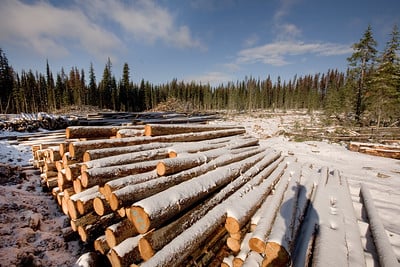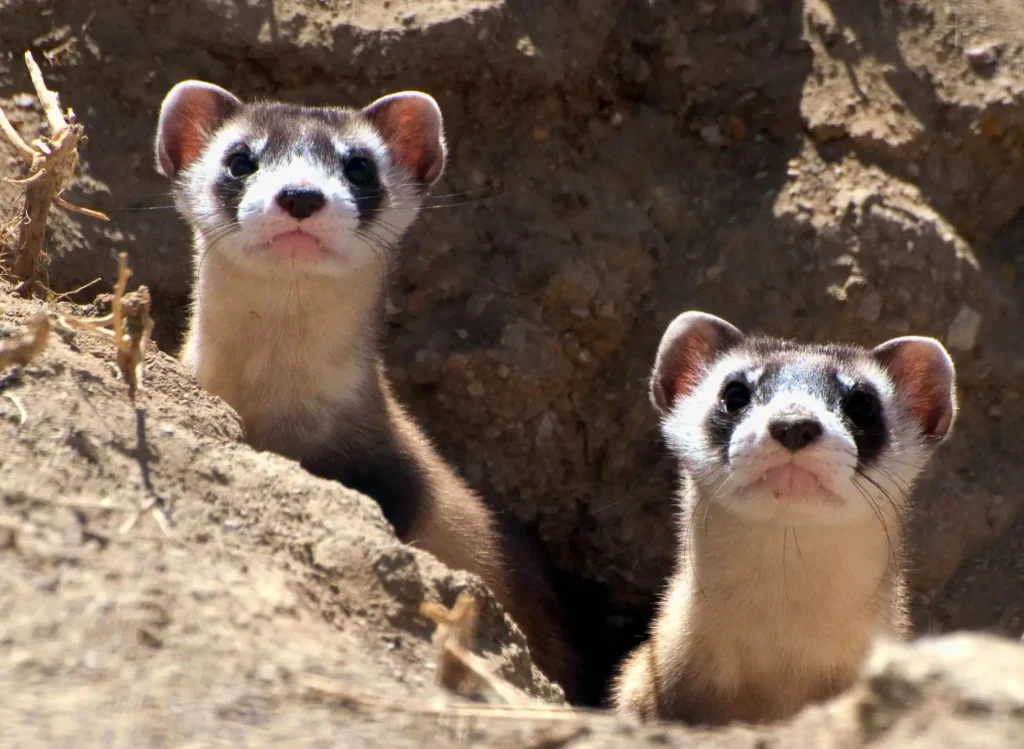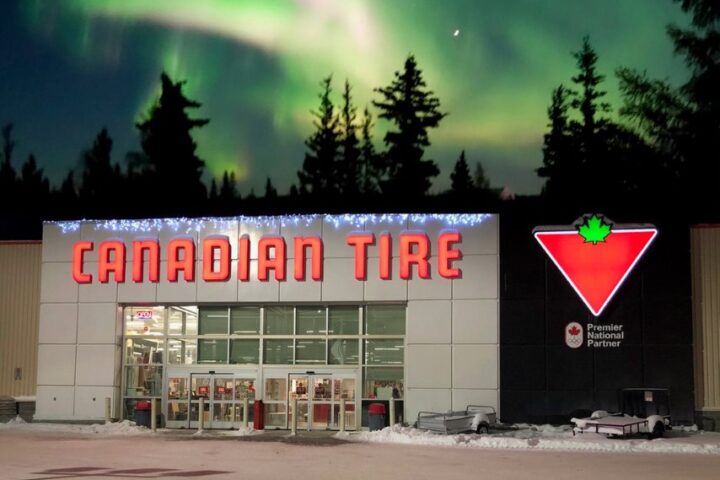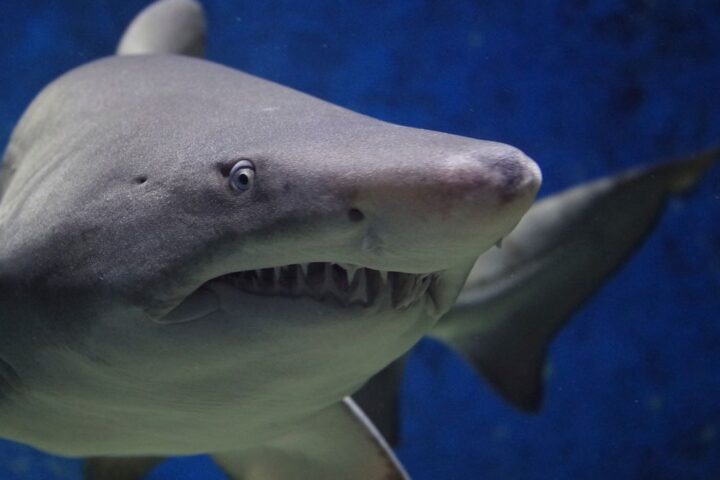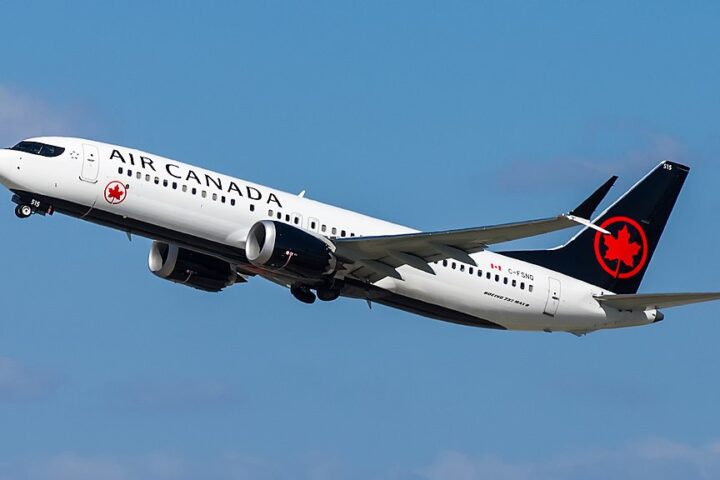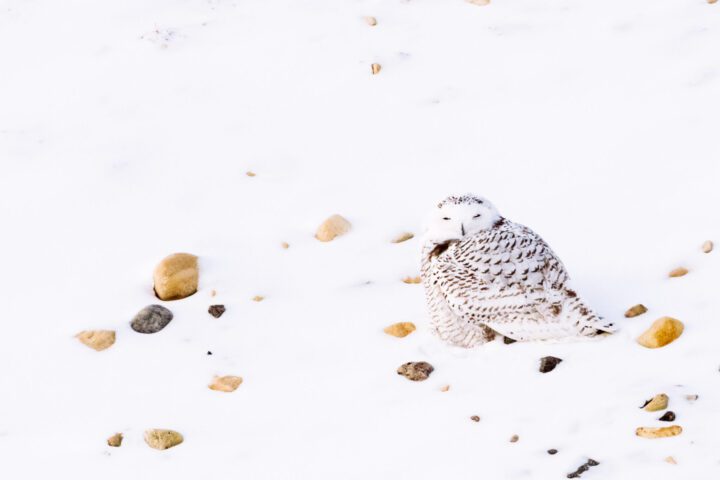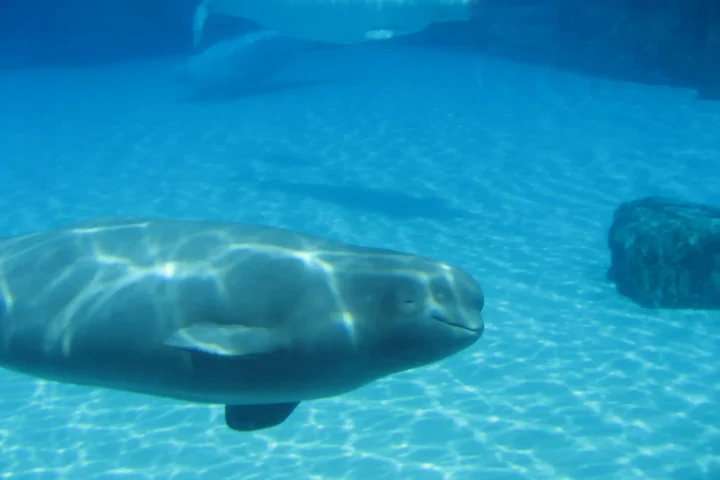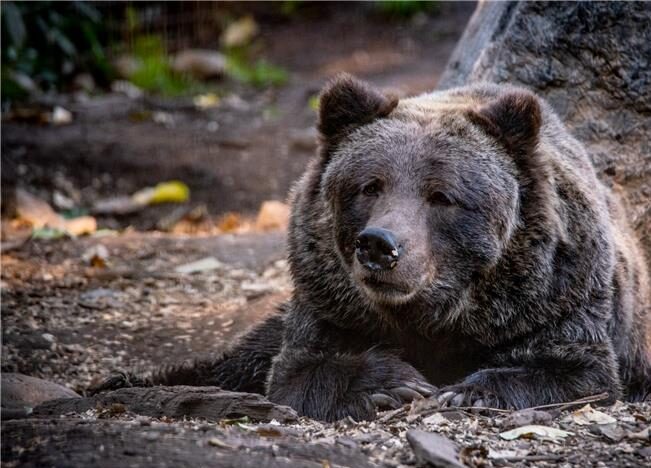Thousands of hectares of old-growth forest, home to B.C.’s endangered southern mountain caribou, are being cleared for logging despite warnings from scientists and conservation groups. New satellite data reveals the province has approved logging in over 5,700 hectares of critical caribou habitat – an area roughly the size of 14 Stanley Parks.
“It means the future extinction risk of these caribou herds is being decided today with those decisions on pending and approved cutting permits,” says Eddie Petryshen, a conservation specialist at Wildsight.
The analysis, conducted by Stand.earth, Wilderness Committee and Wildsight, focused on three of the most at-risk herds: Columbia North, Groundhog and Wells Gray South. The Forest Eye satellite monitoring system revealed that logging threatens nearly 60% of these herds’ habitat, with Columbia North facing the greatest threat where more than three-quarters of its territory is at risk.
The timing is especially concerning as B.C.’s caribou have already seen a 51% population decline since 1991. According to official government records, ten caribou groups have disappeared completely or have so few animals left that they can’t sustain themselves.
“Columbia North, in particular here in the Kootenay and Columbia region, is kind of our last shot at having caribou in this region for the long term,” Petryshen explains.
Despite some recovery efforts showing modest success – the Columbia North herd grew from 147 individuals in 2017 to 209 in 2023 – conservation groups argue these gains are being undermined by continued habitat destruction.
Similar Posts
The B.C. government defends its actions by pointing to what Forests Minister Ravi Parmar calls a “balancing act” between conservation and economic interests. “We are focused on practical solutions, not one-sided views, that include both protecting critical species like caribou and supporting good, sustainable forestry jobs that communities, and the province as a whole, rely on,” Parmar stated.
The province claims that when planning logging operations and road construction in caribou territory, they consult with various specialists including foresters, engineers who study land stability, water systems experts, and wildlife scientists. They’ve implemented measures including predator reduction, maternal penning, and some habitat protection for the affected herds.
In early 2025, BC Timber Sales announced a pause on “new investments” in unprotected core caribou habitat of the Columbia North herd. The Ministry of Forests described this as part of a collaboration with First Nations, industry, and government partners, with the goal to “refine our knowledge, align shared priorities that support caribou and other objectives like mitigating wildfire risk and responsibly securing timber supply to support the economy.”
However, this pause doesn’t affect existing logging approvals, a limitation that frustrates conservationists. Earlier this year, Petryshen found an ancient forest cutblock in the heart of Columbia North herd’s habitat. Less than a kilometer away, he discovered caribou scat – evidence of the animals’ presence in areas being logged.
Human activities like logging, mining, hydro power development and road construction have already disrupted about 41% of the almost 2.2 million hectares that make up the total habitat area. This surpasses the federal government’s recovery plan guidelines, which set 35% as the maximum acceptable level of habitat disruption.
The province faces additional criticism for failing to implement recommendations from its own Old Growth Strategic Review, which called for putting high-risk old-growth forests off-limits to logging.
Caribou depend on these old-growth forests, particularly in winter when they use the deep snow as an “elevator” to access tree lichens for food. These forests also serve as important carbon sinks in the fight against climate change.
“There’s only about 12,150 of these deep snow-dwelling caribou left in the world, and they are all right here in B.C.,” notes Petryshen, adding they’re culturally significant for Indigenous peoples.
Some success stories exist, notably the Indigenous-led conservation effort by West Moberly and Saulteau First Nations. Their work with the Klinse-Za caribou herd has increased numbers from just 38 animals in 2013 to over 100 today through predator management, maternal penning, and habitat protection.
“We’re five years into the old growth strategic review and these trees are still falling,” Petryshen says. “There just hasn’t been the transparency and accountability that was promised by the province.”
